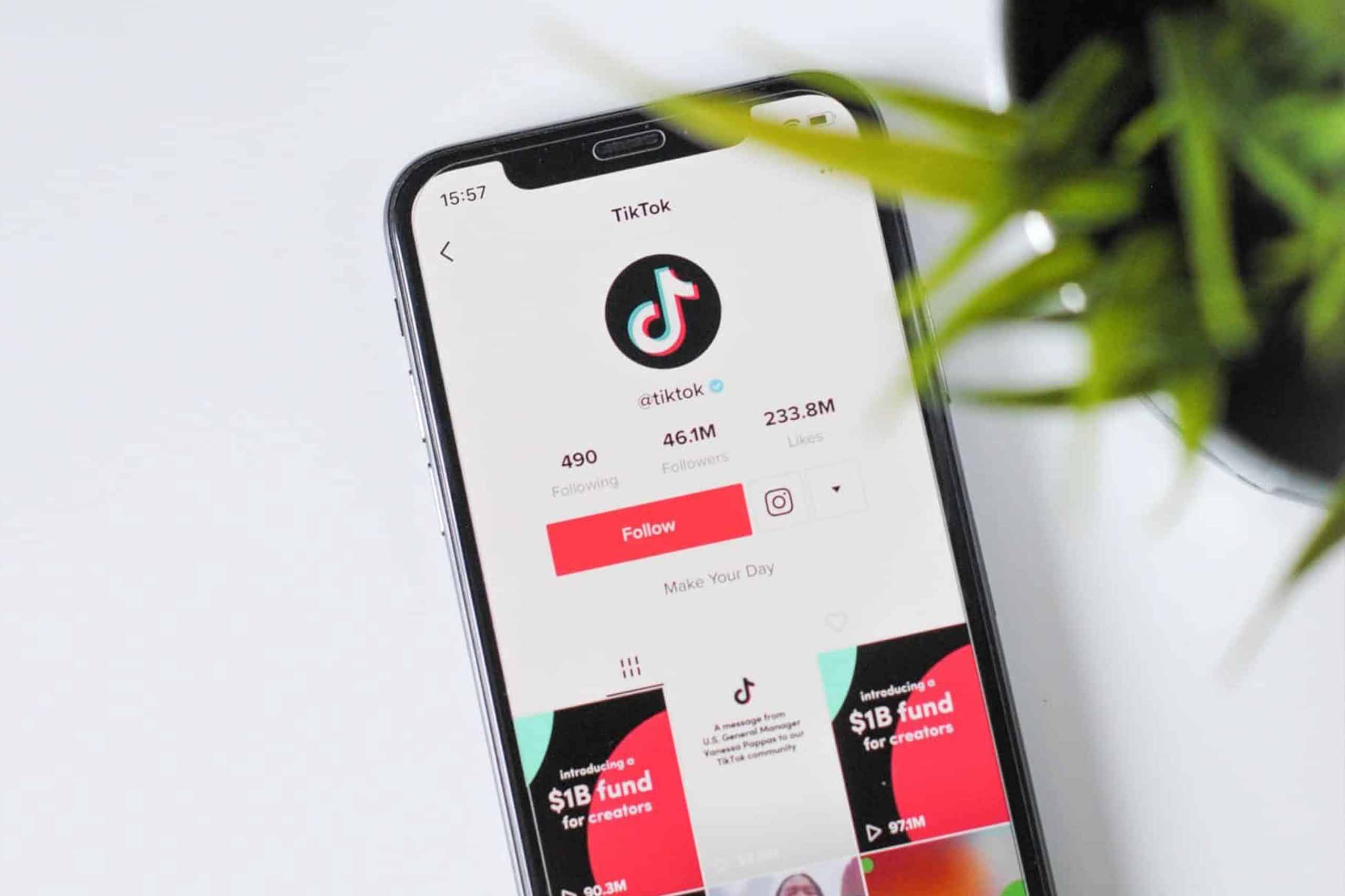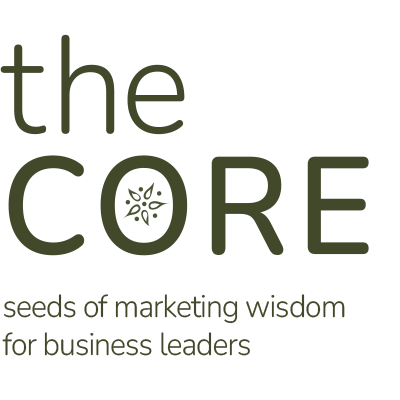We’re only a few months into 2023, and we’ve already seen massive shifts in the tools and trends that are shaping digital marketing. After the launch of ChatGPT and Google’s new AI program, Bard, many business leaders and marketers are wondering if we are on the precipice of a seismic shift in how we work. But artificial intelligence tools from big companies aren’t the only trends that are shaping the digital landscape in 2023. Evolving consumer preferences, influencer marketing, and social media platform updates are also making a difference.
That’s why we asked our digital marketing team to highlight a few of the current digital marketing trends that are shaping our industry today.
1. The impact of AI is just beginning.
As we mentioned earlier, artificial intelligence tools have been the hottest topic amongst business leaders and marketers. But really, this is just the beginning of the way AI will influence the way we work and interact. For example, Mark Zuckerberg recently announced that Meta is looking to add AI tools to Facebook Messenger, WhatsApp, and Instagram soon.
It will be interesting to see how AI continues to impact our work. Right now, these tools provide ways that marketers can work smarter. But the need for intuition and understanding what your customers think and feel is still a fundamental skill that AI can’t finesse.
2. “Deinfluencing” on TikTok has become the latest influencer trend.
Influencer marketing has become an increasingly important tactic for businesses in every industry. Platforms like TikTok have provided brands with a way to reach their audience with products or solutions, especially for Millennials and Gen Z customers. Recently, these influencers have taken a different approach by telling their followers which products they shouldn’t buy. This TikTok trend has become a marketing tactic in itself.
While you may not use TikTok or influencer marketing as part of your strategy, we believe this trend speaks to the way younger generations value authenticity and honesty as they consider your products and services.
3. Twitter is planning to expand its character limit to 10,000.
The platform that started with short-form content is now getting into the long-form content game for its Twitter Blue subscribers. For Twitter, the vision for long-form content in the app is that creators won’t have to redirect their audiences to other platforms to view their content.
We’ll be interested to see if this move enhances the experience for Twitter users or if people decide to abandon the platform and continue to look for short-form social content that’s easy to consume.
4. Brands are turning to user-generated content more than ever and encouraging customers to post content about their brand.
User-generated content continues to be one of the most popular B2B social media trends for 2023. Now, brands are finding creative ways to encourage their customers to post. For example, our team member Katie recently ordered OliPop from the brand’s website. After her order, she received a promotion saying that OliPop will pay customers $1 for every 50 views on their content and potentially even pay customers to create content for the brand.
5. Brands are going “unhinged” on social media to stand out.
Let’s face it: standing out on social media has become increasingly difficult. One way brands are trying to rise above the noise is by embracing a social media strategy that subverts their audience’s expectations. Whether it’s a snarky tweet or unusual Instagram images, brands like Duolingo, Parachute, and Sweetgreen are incorporating content that moves away from the highly-curated images and content we’re used to seeing from most brands.
Want to Stay Up-to-Date on all the Latest Trends?
If there’s one lesson we’ve learned in the past three months, it’s that digital marketing seems to be shifting faster than ever. If you’re interested in staying informed about the latest trends (and how they impact your business), our team is here to help. You can sign up for The Core, our monthly newsletter, to get the latest marketing insights and inspiration delivered directly to your inbox.












